Repurposing Containers
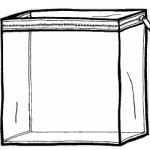 Would you consider purchasing containers as the “fun” part to organizing? You wouldn’t be alone. Containers are multifunctional and practical. They serve important functions in organizing. They provide boundaries for stuff. They hold and keep like items together. They prevent pieces and parts from getting lost or misplaced.
Would you consider purchasing containers as the “fun” part to organizing? You wouldn’t be alone. Containers are multifunctional and practical. They serve important functions in organizing. They provide boundaries for stuff. They hold and keep like items together. They prevent pieces and parts from getting lost or misplaced.
I recommend being creative and resourceful when it comes to containers. Instead of purchasing, I advocate repurposing containers that we already have in our space. It’s very economical and environmentally conscious.
Here are several ideas for repurposing the zippered bags that blankets, comforters, and sheets come in.
- Store manuals and instructions
- Keep by washing machine for stray socks
- Use as wet bag for beach towels and bathing suits
- Store games and puzzles that have squashed boxes
- Keep in car for muddy shoes or wet clothes
- Store camping equipment
- Use as container to collect items that need to be dry cleaned
- Use as sports bag for uniforms, equipment and footwear
- Store comic books or other books
- Keep in suitcase for dirty clothes
Ideas for the small zipped pillow case bags:
- Travel first aid kit
- Cd’s or Dvd’s
- Take out menus
- Travel bag for toiletries
- Pencil case
What containers have you repurposed? Please share.
© May 2014 Janine Cavanaugh, CPO® All rights reserved

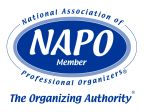




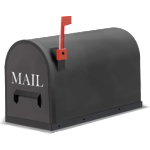
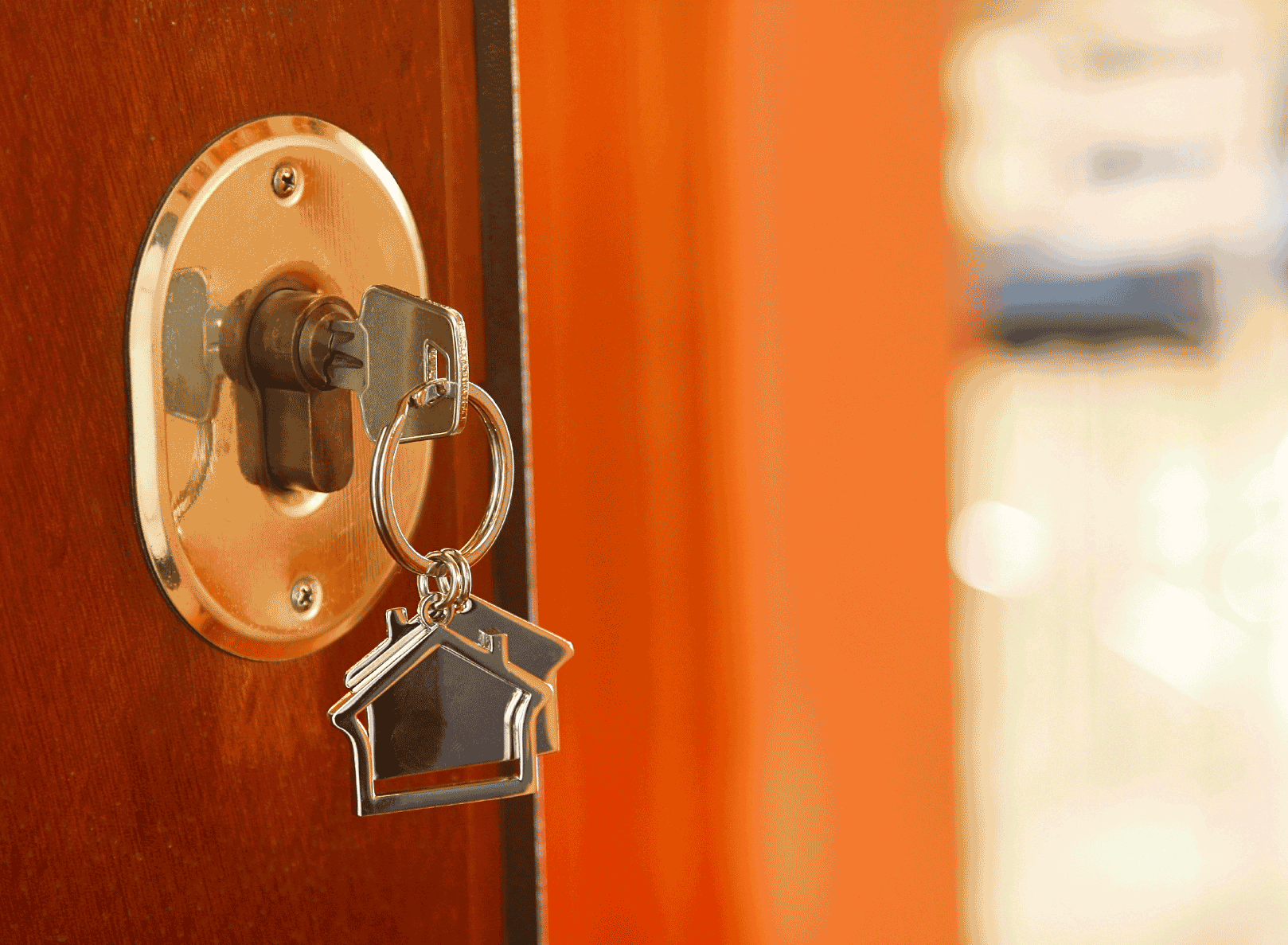
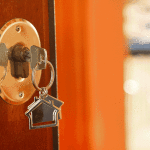


Follow Me